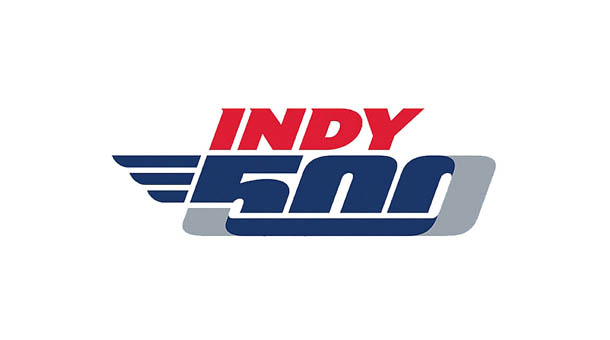The Indianapolis 500 - one of the most popular and oldest races in the world. Since 1911, it has been regularly held once a year at the Indianapolis Motor Speedway. More than 300 thousand fans and millions of spectators from all over the world come to watch this grand event. Since 1996, after merging with Champ Car, The Indy 500 has been the only race in America that has been retained the status as stage of the "IndyCar Series" competition. Organized by Tony George every last Sunday in May.
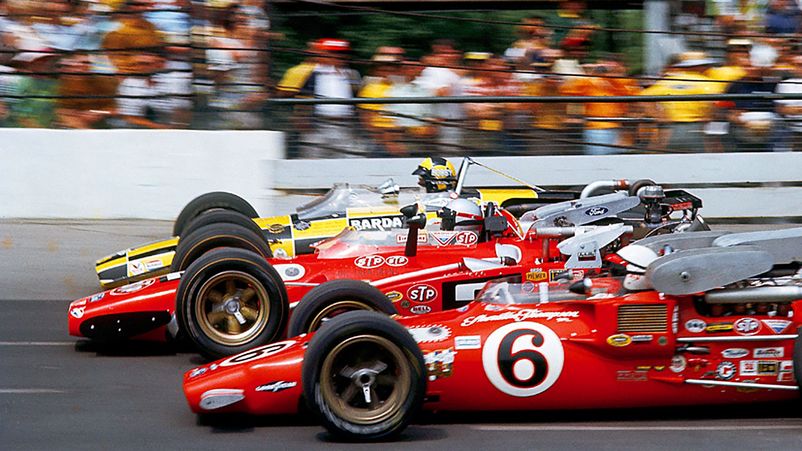
THE EARLY YEARS
The Indianopolis MS was built at the beginning of the XX century and had a dirt surface. Small competitions were held here, for motorcycle as well. The winner of the first long-distance race in "appalling conditions" was Bob Berman (Buick car). It was the 100 lap Prest-O-Lite Trophy in 1909. Cracking of coating caused two fatalities during the first two such serious races. When these long distance races gathered 15k clients able to pay (and more than 400k viewers), Carl G. Fisher, the owner, decided to invest US $155k to renew the coating.
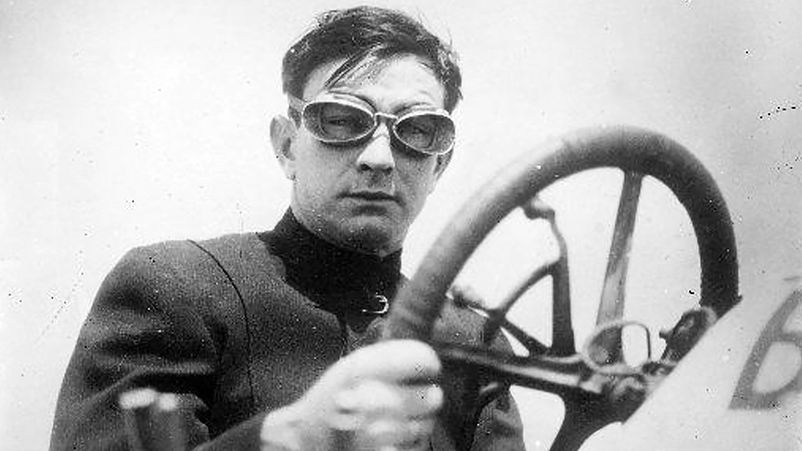
Then, championship attracted 60k spectators. That day, Ray Harrun became the gold holder of the 200 miles (320 km) at Marmont. After that and till the end of the year there were fewer spectators, so the owners decided to leave only one race. They opted for a 500 mile (800 km) race. According to their calculations, this was the optimal range that the racing car could travel before dark. Soon, the autodrome quickly gained privileged status.

MILLER/OFFENHAUSER DOMINATION
As well as for other European races, the volume of engines in this competition was limited. Technique developed, and Miller managed to release his own 3-liter engine at the beginning of 1920.
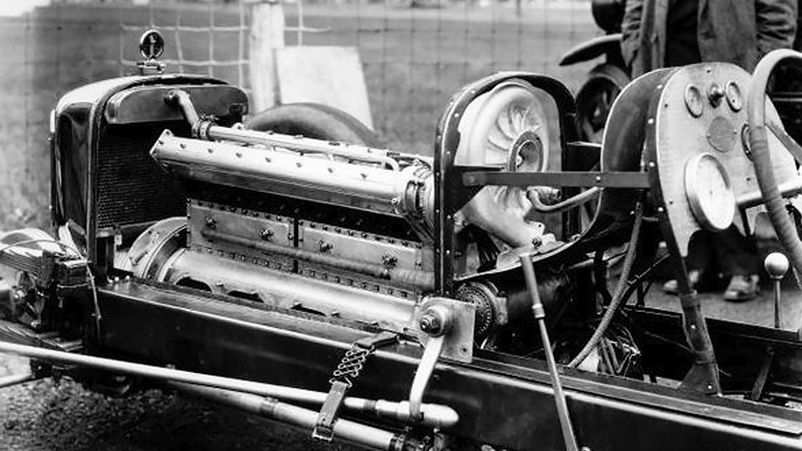
He was inspired by the GPrix engine from 1914-th Peugeot, which was serviced by Fred Ofenhauser in his own service. The engine allowed Jim Murphy to take the first place in the competition in 1922. Soon he designed his own single-seat cars, which were equipped with 1.5 and 2-liter engines.

Leo Goosen with Fred Offenhauser, who previously worked with Miller, won thanks to the "Offie" 4-cylinder motor. It helped manydrivers to reach the goal first and forever entered the history.

EUROPEAN INVASION
During two years, the Europeans did not take partin the Indy 500, but once the outbreak of WW II, they nevertheless appeared with their Maserati 8CTF. In truth, they returned when this race was excluded from the Formula 1 calendar. Over time, European technology improved and replaced Offie, whose competitive ability was fading. Since 1978 most of the motors and chassis used were produced in Europe.
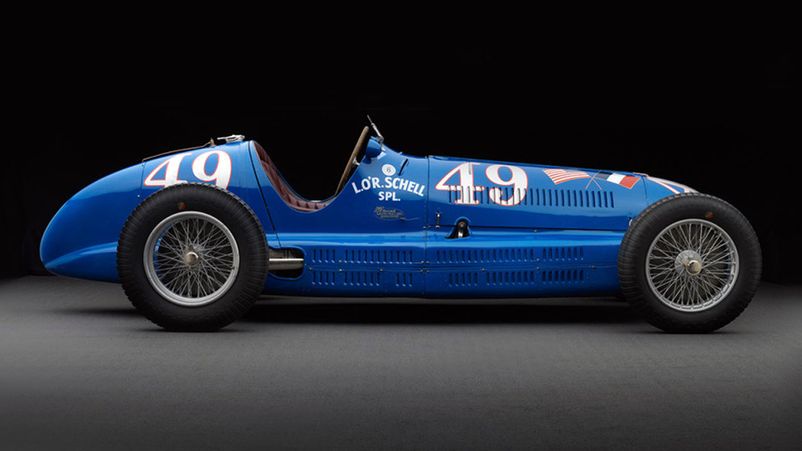
INDY 500 WORLDWIDE
Most racers from different countries chose the USA and Indy 500 as a place to compete due to the fact that "foreign" cars were already allowed to participate there.
The Brazilian Emerson Fitipaldi, the Italian Theo Fabi, the Colombian Roberto Gerero, the Dutchman Ari Luendik performed well in the 80s.
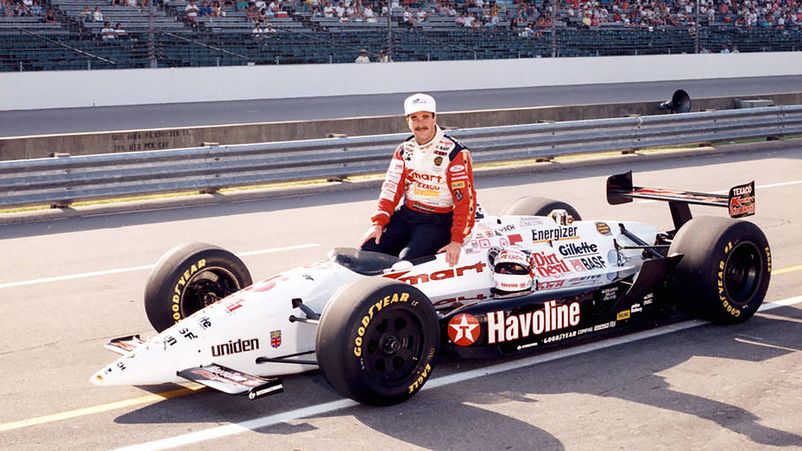
INDY 500 - NAME APPROVAL
Initially race was announced as "International 500-Mile Lottery Race" (1911-1916), but at the end of XX century it was called as "65th Indianapolis 500-Mile Race" which was officially accepted. For over century, the organizers have not accepted any sponsors, but in 2016 this changed. The name of the sponsor "PennGrade Motor Oil" was added to the name.

WOMEN PILOTS
- Until 1976, women were not accepted to compete not only as pilots, but even as journalists. The first female pilot who took part in The 500 was Janet Guthrie.
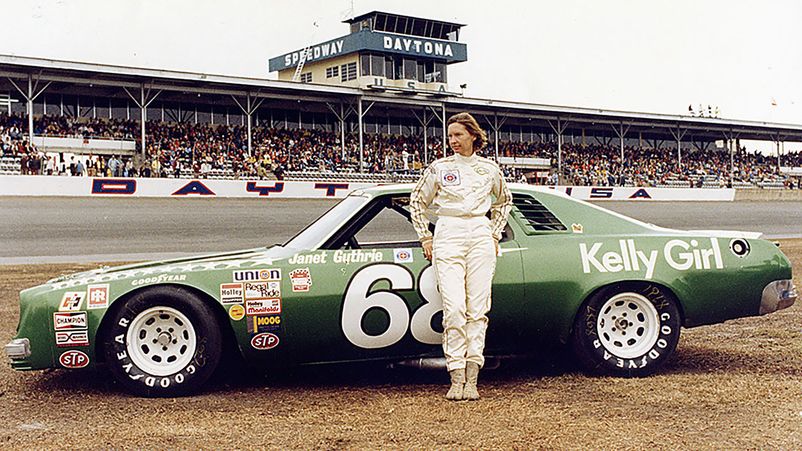
- But the record holder among women is Danica Patrick, who managed to led 19 laps in 2005 and 10 in 2011.
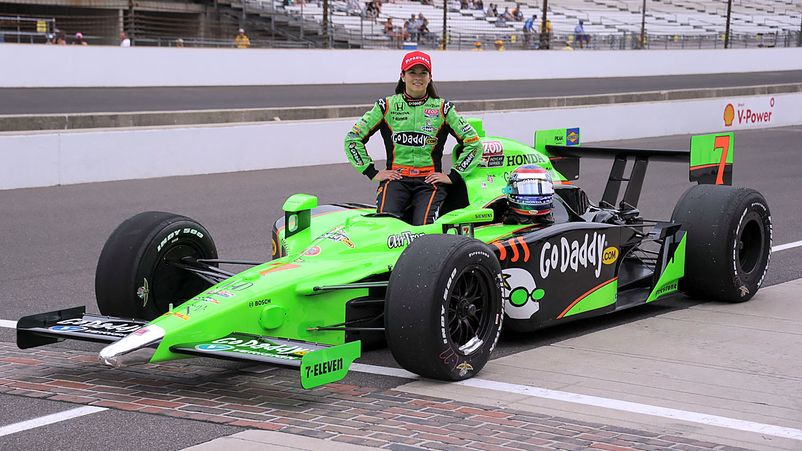
USAC/AAA associations
Although that the organizers themselves were responsible for the specifications, AAA was responsible for the rating in the Indianapolis 500. The death of Billy Bukovic at the “24 Hours of Le Mans” changed everything. Then the AAA canceled the race and subsequently Tony Halman created the USAC. It was the Auto Racing Club of the USA that organized the competition until 1979.
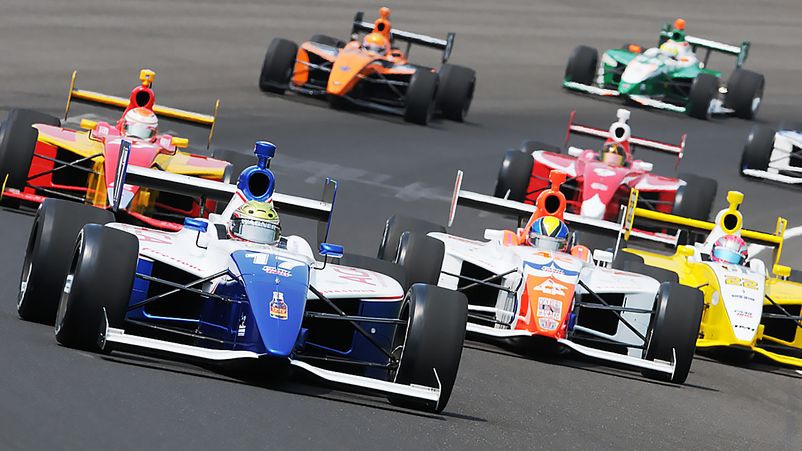
In the 1970s, amid disputes over prize money and technical requirements, a contradaction erupted. After the death of Tony Halman and several other members of USAC, the team owners united and created CART to regulate the IndyCar championship process. But CART was in no hurry to add the Indy500 to their calendar, and it was still under the control of the USAC. Thanks to an agreement signed in 1983, CART still put it on their calendar, but control was still carried out by USAC. After that, championship points began to count.
COMPETITOR
In popularity, only NASCAR can compete with the Indy 500. This is a private organization whose main business is the organization of races and everything connected with them. Both always have competitions at the same time and the most avid participants do their best to compete in both competitions.
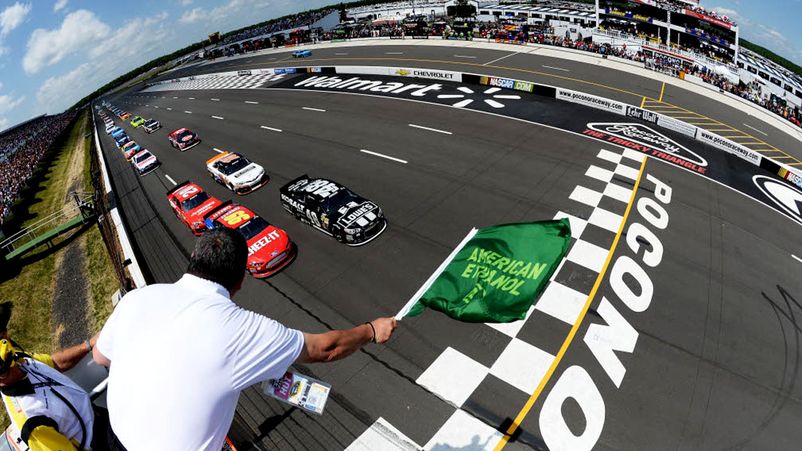
REGULATIONS AND QUALIFICATION
A number of different procedures, for a long time, have been carried out for qualification. In 2014, the rules were updated. The determination of the most advantageous position and starting grid takes place some time before the race. On Saturday and Sunday, the cars of the participants are blindly selected to decide the starting position in the qualifying.
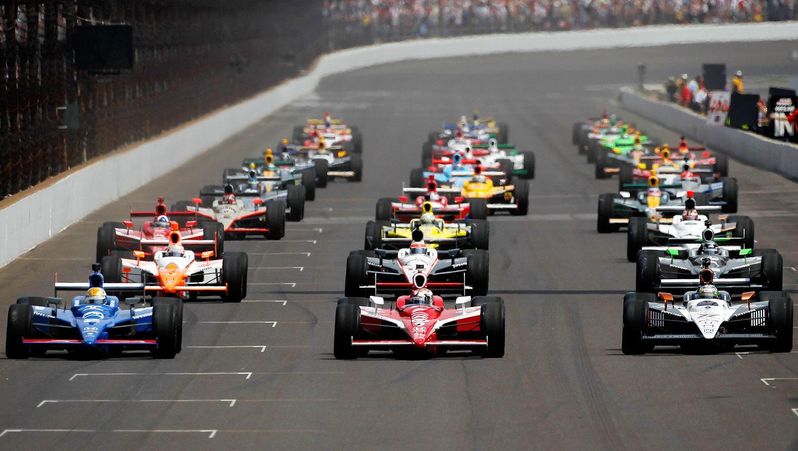
SATURDAY
Each participant has three attempts, after which 33 cars are selected. Among the 9 best ones, the procedure for designating the most advantageous position is underway. It should be borne in mind that each next attempt cancels the result of the previous one.
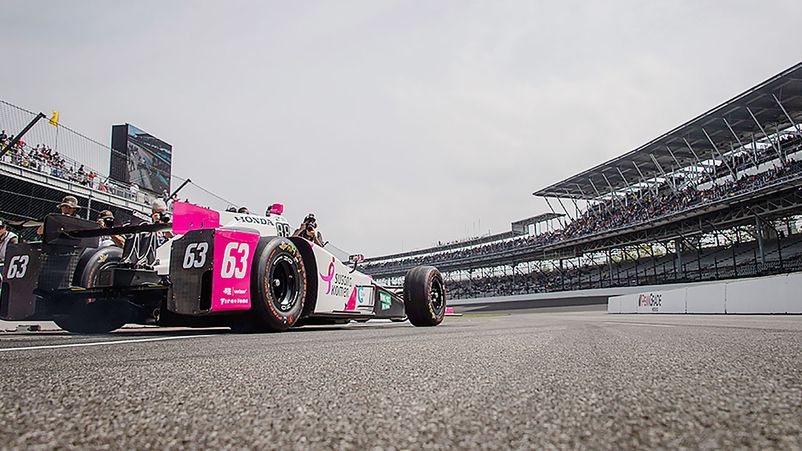
SUNDAY
Riders who have previously placed 10th to 33rd have the opportunity to qualify again. This determines places from 10 to 33. Those who took positions 1 to 9 on Saturday fall into the "Quick 9" and again qualify to determine the starting position, while all the results of the previous day are canceled. Before a new race, there is an opportunity to make 2 warm-up laps.
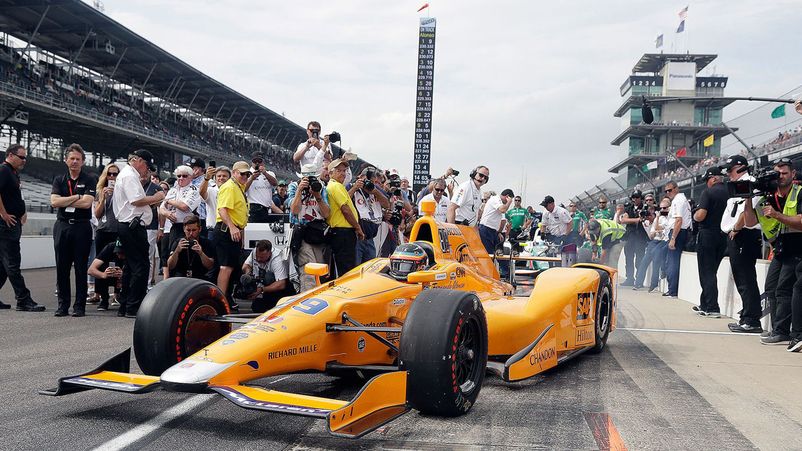
STARTING PROCEDURE, REGULATIONS
Before each competition, spectators and participants hear the anthems of the United States and the state of Indiana. Mary George (Tony George's mother) then says, "Ladies and gentlemen, start your engines!" (Initially only "Gentlemen...") and the drivers begin their warm-up lap.

IN CULTURE
Fans in motorsport are no different from others and also collect and exchange different items. Today there is a National Collectors' Club that trades in memorabilia. Movie buffs can enjoy some movies made about this race (Legends of the Brick Factory, Indy 500: Race for Heroes, Indy 500: Classic, Sports Age, Race of Hearts (1922), Speedway (1929) and others). Also, repeatedly The 500 was mentioned on TV and other media.
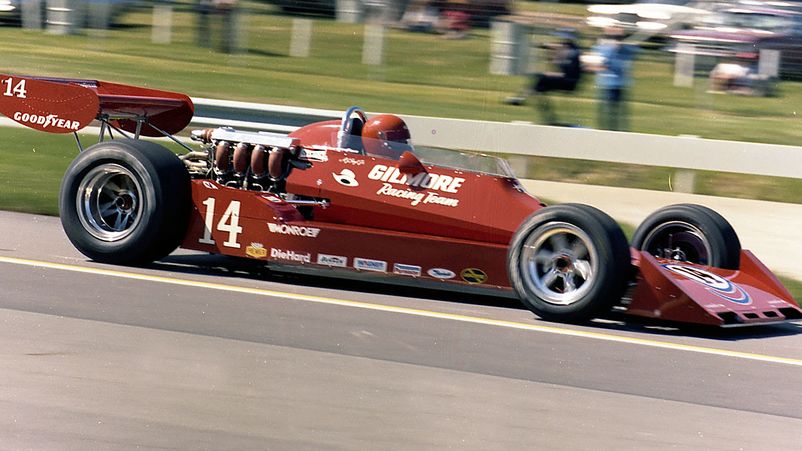
THE INDY 500 MILES RACE AND MILK
In 1933, Louis Meyer, already twice a race winner, asked for a glass of milk. In 1936, when he won his third victory, he again asked for a glass, but received a bottle instead. He was photographed with it and three fingers raised, symbolizing the triple victory. Since that day, it has become a tradition, and milk is offered to all winners every year.
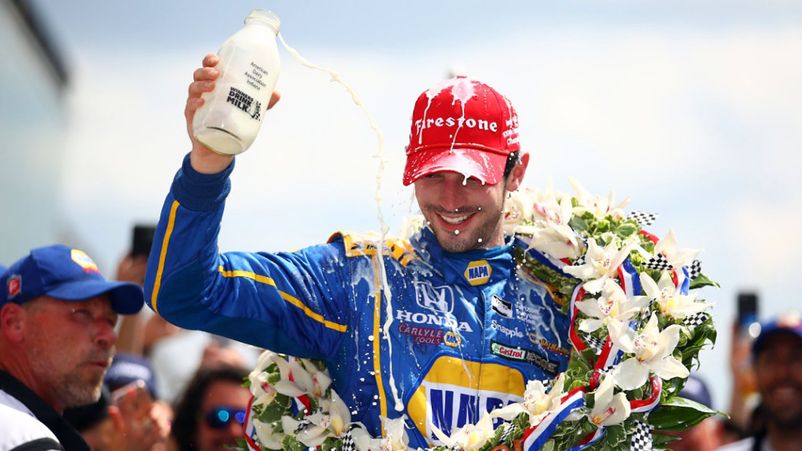
RADIO AND TV BROADCASTS
Radio broadcasts have been carried out since 1922 on the IMS Radio Network's own radio wave, television also covers the event on the ABC Wide World of Sports channel.
